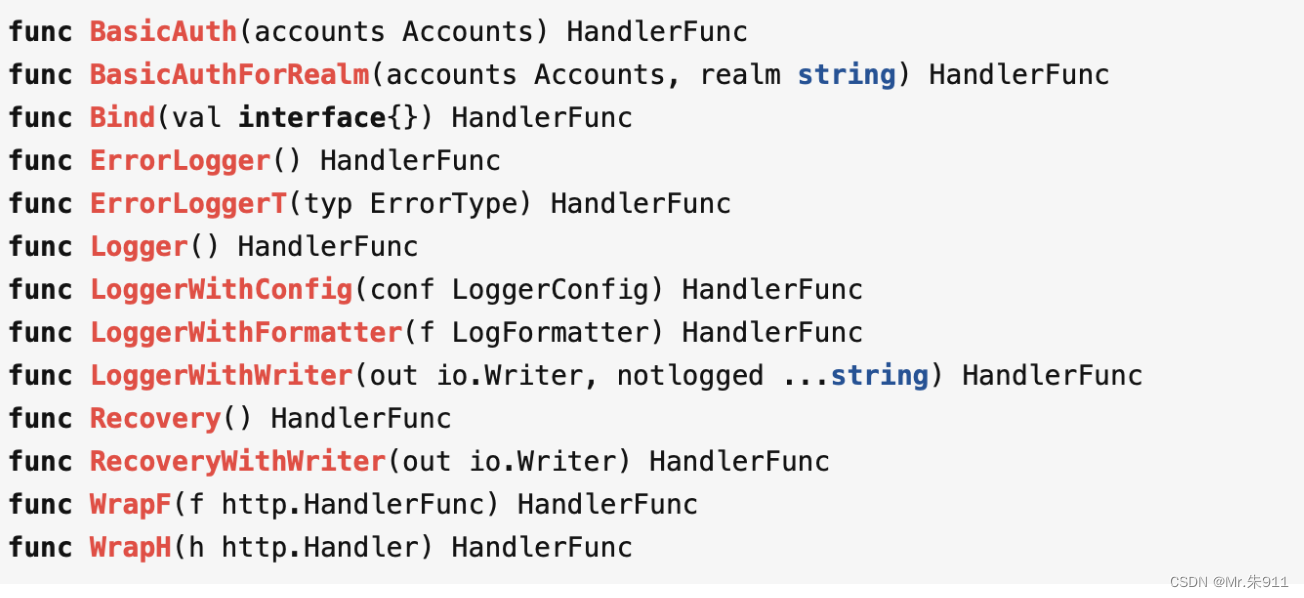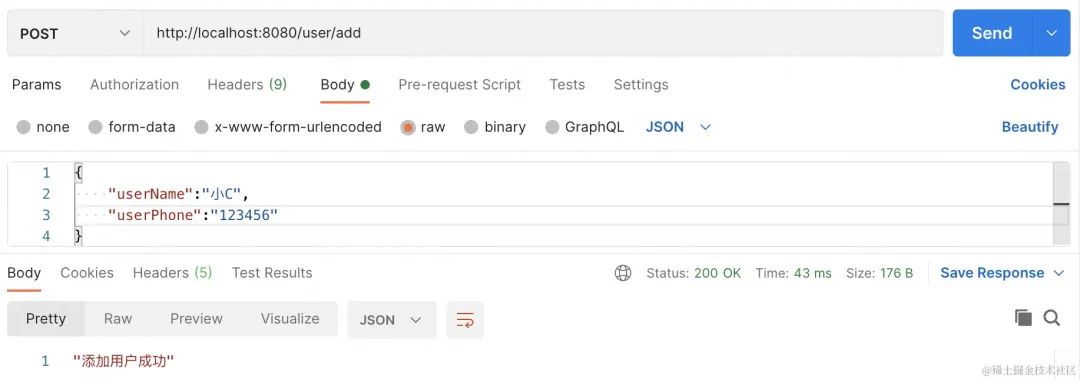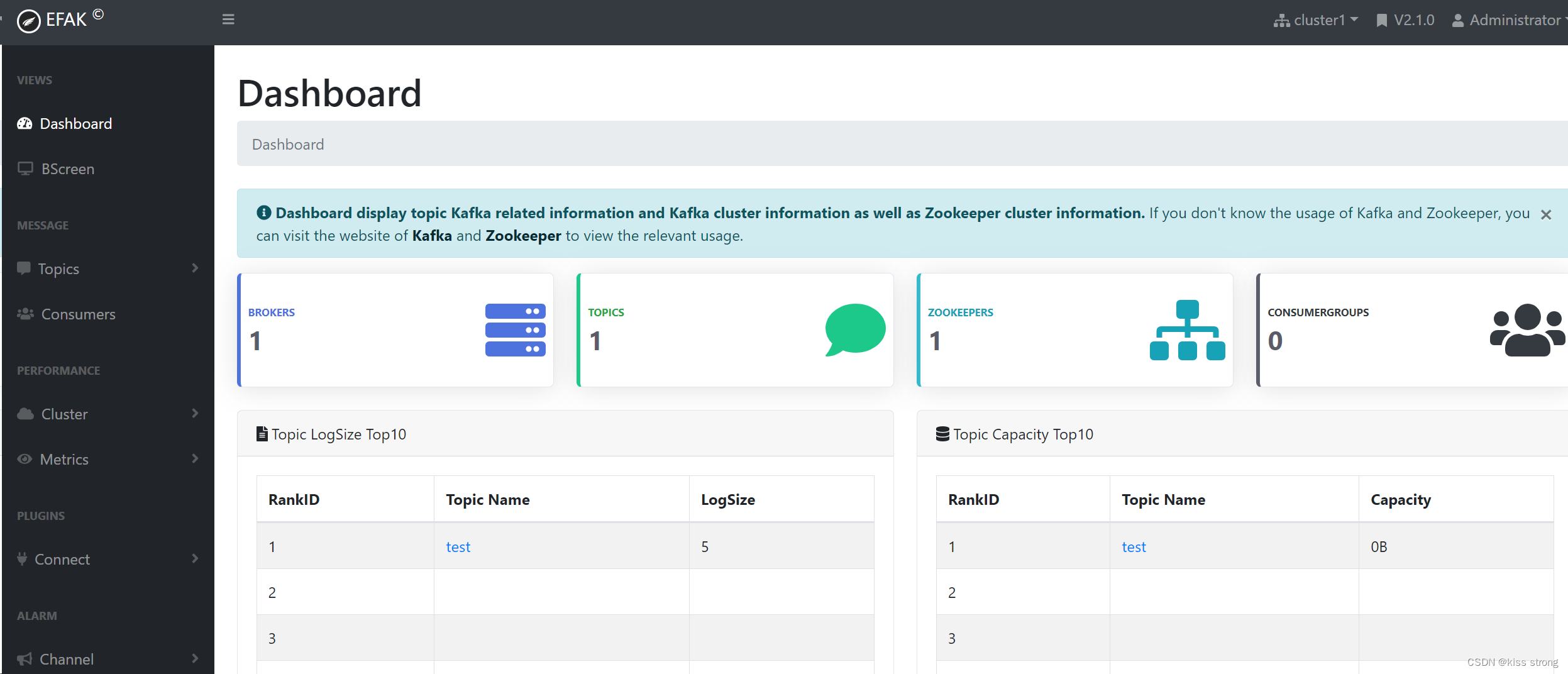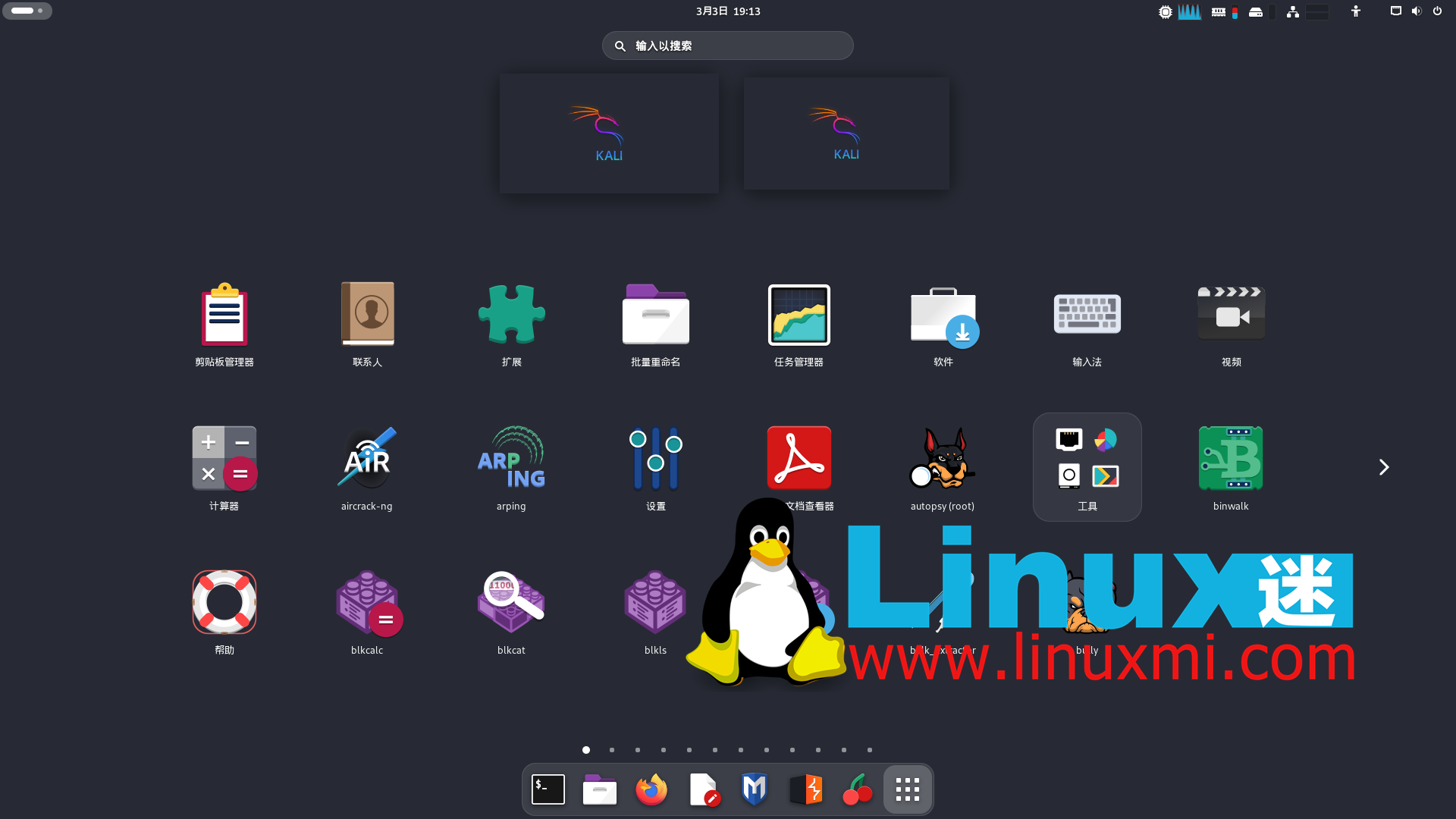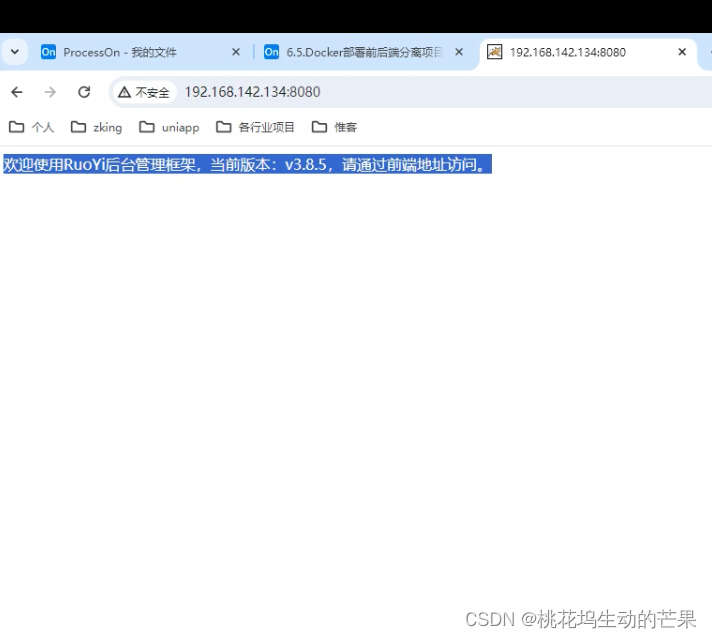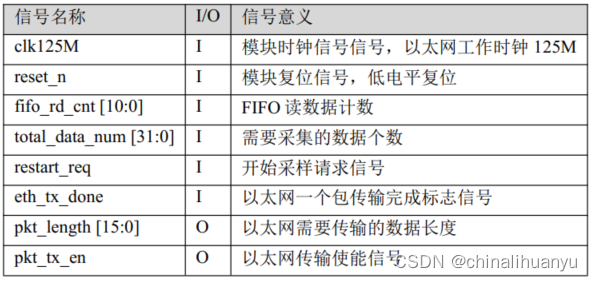前面我们介绍了许多 Spring 常用知识点上的常见应用错误。当然或许这些所谓的常用,你仍然没有使用,例如对于 Spring Data 的使用,,有的项目确实用不到。那么这一讲,我们聊聊 Spring Test,相信你肯定绕不开对它的使用,除非你不使用 Spring 来开发程序,或者你使用了 Spring 但是你不写测试。但话说回来,后者的情况就算你想如此,你的老板也不会同意吧。
那么在 Spring Test 的应用上,有哪些常见错误呢?这里我给你梳理了两个典型,闲话少叙,我们直接进入这一讲的学习。
案例 1:资源文件扫描不到
首先,我们来写一个 HelloWorld 版的 Spring Boot 程序以做测试备用。
先来定义一个 Controller:
@RestController
public class HelloController {
@Autowired
HelloWorldService helloWorldService;
@RequestMapping(path = "hi", method = RequestMethod.GET)
public String hi() throws Exception{
return helloWorldService.toString() ;
};
}当访问 http://localhost:8080/hi 时,上述接口会打印自动注入的 HelloWorldService 类型的 Bean。而对于这个 Bean 的定义,我们这里使用配置文件的方式进行。
1.定义 HelloWorldService,具体到 HelloWorldService 的实现并非本讲的重点,所以我们可以简单实现如下:
public class HelloWorldService {
}2.定义一个 spring.xml,在这个 XML 中定义 HelloWorldServic 的 Bean,并把这个 spring.xml 文件放置在 /src/main/resources 中:
<?xml version="1.0" encoding="UTF-8"?>
<beans xmlns="http://www.springframework.org/schema/beans"
xmlns:xsi="http://www.w3.org/2001/XMLSchema-instance"
xsi:schemaLocation="http://www.springframework.org/schema/beans http://www.springframework.org/schema/beans/spring-beans.xsd">
<bean id="helloWorldService" class="com.spring.puzzle.others.test.example1.HelloWorldService">
</bean>
</beans>3.定义一个 Configuration 引入上述定义 XML,具体实现方式如下:
@Configuration
@ImportResource(locations = {"spring.xml"})
public class Config {
}完成上述步骤后,我们就可以使用 main() 启动起来。测试这个接口,一切符合预期。那么接下来,我们来写一个测试:
@SpringBootTest()
class ApplicationTests {
@Autowired
public HelloController helloController;
@Test
public void testController() throws Exception {
String response = helloController.hi();
Assert.notNull(response, "not null");
}
}当我们运行上述测试的时候,会发现测试失败了,报错如下:

为什么单独运行应用程序没有问题,但是运行测试就不行了呢?我们需要研究一下 Spring 的源码,来找找答案。
案例解析
在了解这个问题的根本原因之前,我们先从调试的角度来对比下启动程序和测试加载 spring.xml 的不同之处。
1. 启动程序加载 spring.xml
首先看下调用栈:

可以看出,它最终以 ClassPathResource 形式来加载,这个资源的情况如下:

而具体到加载实现,它使用的是 ClassPathResource#getInputStream 来加载 spring.xml 文件:
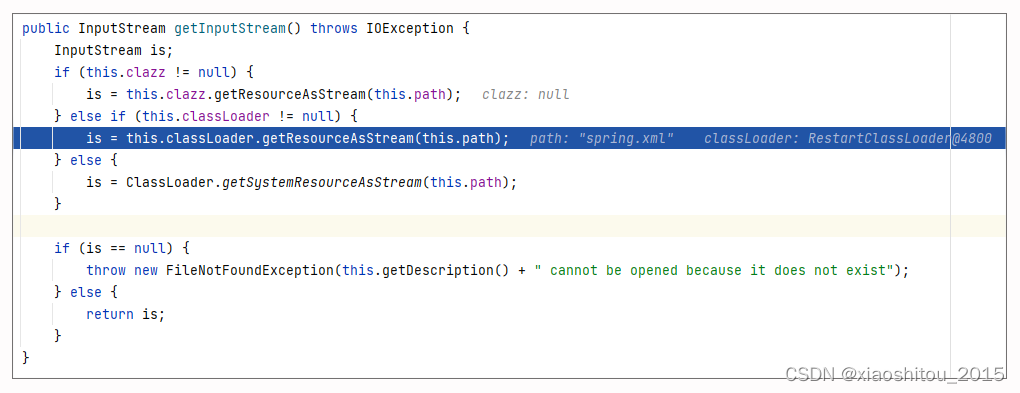
从上述调用及代码实现,可以看出最终是可以加载成功的。
2. 测试加载 spring.xml
首先看下调用栈:

可以看出它是按 ServletContextResource 来加载的,这个资源的情况如下:
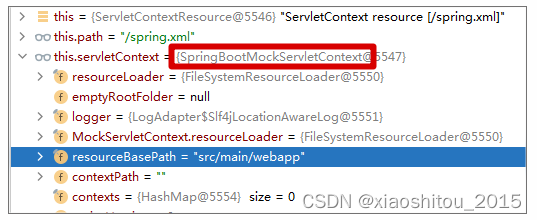
具体到实现,它最终使用的是 MockServletContext#getResourceAsStream 来加载文件:
@Nullable
public InputStream getResourceAsStream(String path) {
String resourceLocation = this.getResourceLocation(path);
Resource resource = null;
try {
resource = this.resourceLoader.getResource(resourceLocation);
return !resource.exists() ? null : resource.getInputStream();
} catch (IOException | InvalidPathException var5) {
if (this.logger.isWarnEnabled()) {
this.logger.warn("Could not open InputStream for resource " + (resource != null ? resource : resourceLocation), var5);
}
return null;
}
}你可以继续跟踪它的加载位置相关代码,即 getResourceLocation():
protected String getResourceLocation(String path) {
if (!path.startsWith("/")) {
path = "/" + path;
}
//加上前缀:/src/main/resources
String resourceLocation = this.getResourceBasePathLocation(path);
if (this.exists(resourceLocation)) {
return resourceLocation;
} else {
//{"classpath:META-INF/resources", "classpath:resources", "classpath:static", "classpath:public"};
String[] var3 = SPRING_BOOT_RESOURCE_LOCATIONS;
int var4 = var3.length;
for(int var5 = 0; var5 < var4; ++var5) {
String prefix = var3[var5];
resourceLocation = prefix + path;
if (this.exists(resourceLocation)) {
return resourceLocation;
}
}
return super.getResourceLocation(path);
}
}你会发现,它尝试从下面的一些位置进行加载:
classpath:META-INF/resources
classpath:resources
classpath:static
classpath:public
src/main/webapp如果你仔细看这些目录,你还会发现,这些目录都没有 spring.xml。或许你认为源文件 src/main/resource 下面不是有一个 spring.xml 么?那上述位置中的 classpath:resources 不就能加载了么?
那你肯定是忽略了一点:当程序运行起来后,src/main/resource 下的文件最终是不带什么 resource 的。关于这点,你可以直接查看编译后的目录(本地编译后是 target\classes 目录),示例如下:

所以,最终我们在所有的目录中都找不到 spring.xml,并且会报错提示加载不了文件。报错的地方位于 ServletContextResource#getInputStream 中:
问题修正
从上述案例解析中,我们了解到了报错的原因,那么如何修正这个问题?这里我们可以采用两种方式。
1. 在加载目录上放置 spring.xml
就本案例而言,加载目录有很多,所以修正方式也不少,我们可以建立一个 src/main/webapp,然后把 spring.xml 复制一份进去就可以了。也可以在 /src/main/resources 下面再建立一个 resources 目录,然后放置进去也可以。
2. 在 @ImportResource 使用 classpath 加载方式
@Configuration
//@ImportResource(locations = {"spring.xml"})
@ImportResource(locations = {"classpath:spring.xml"})
public class Config {
}这里,我们可以通过 Spring 的官方文档简单了解下不同加载方式的区别,参考 https://docs.spring.io/spring-framework/docs/2.5.x/reference/resources.html:

很明显,我们一般都不会使用本案例的方式(即 locations = {"spring.xml"},无任何“前缀”的方式),毕竟它已经依赖于使用的 ApplicationContext。而 classPath 更为普适些,而一旦你按上述方式修正后,你会发现它加载的资源已经不再是 ServletContextResource,而是和应用程序一样的 ClassPathResource,这样自然可以加载到了。
所以说到底,表面上看,这个问题是关于测试的案例,但是实际上是 ImportResource 的使用问题。不过通过这个案例,你也会明白,很多用法真的只能在某个特定场合才能工作起来,你只是比较幸运而已。

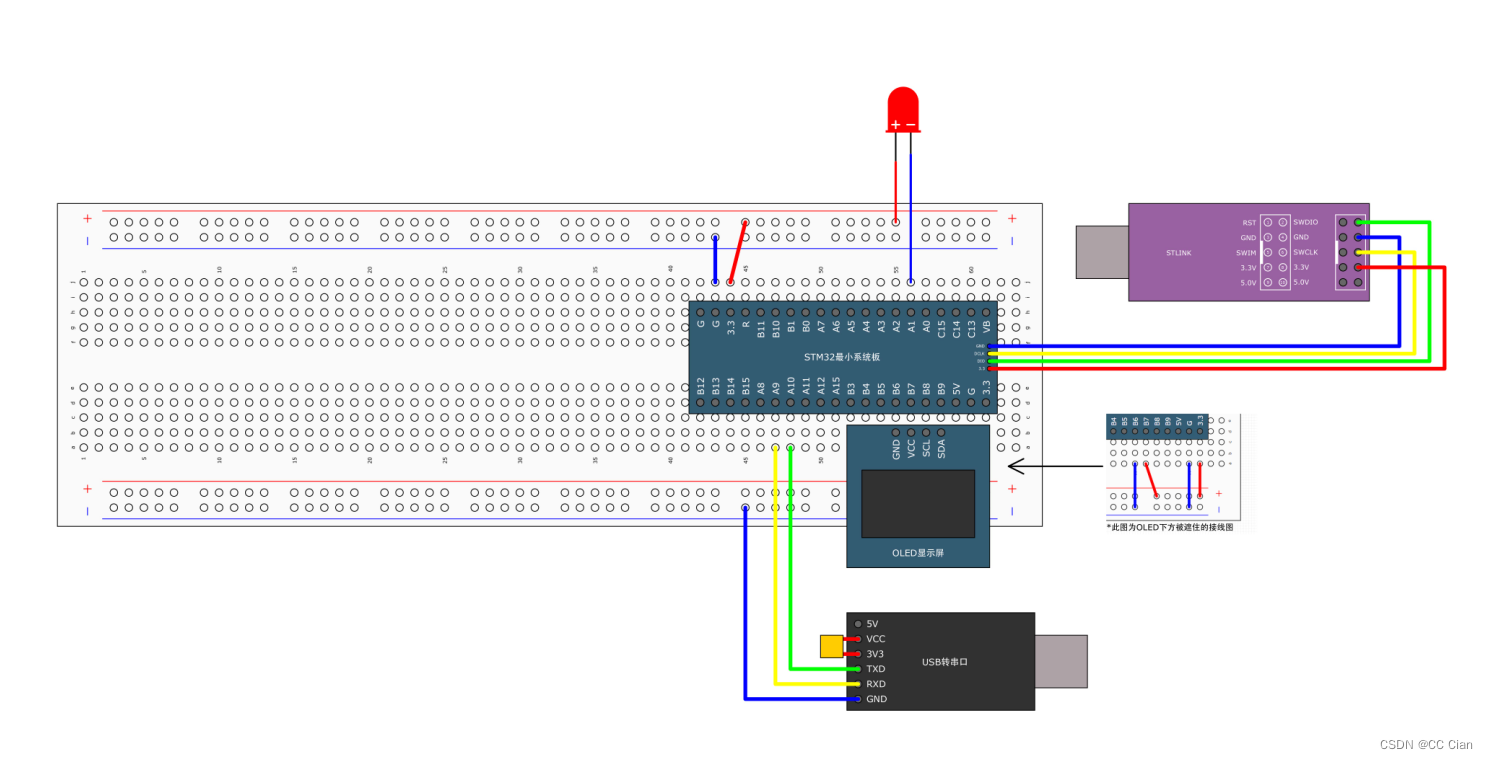
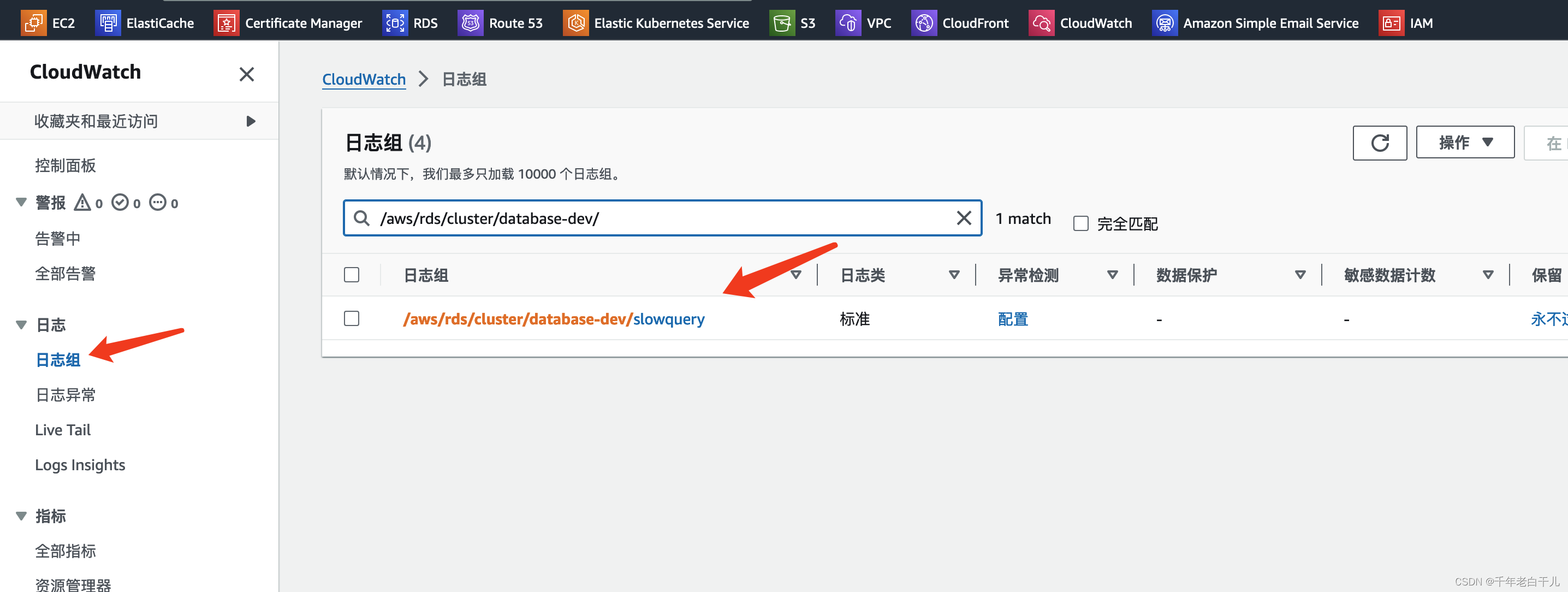
![[cg] Games 202 - NPR 非真实感渲染](https://img-blog.csdnimg.cn/direct/00c2e13e6d144c5ab9d9ccb8c3ca211c.png)

